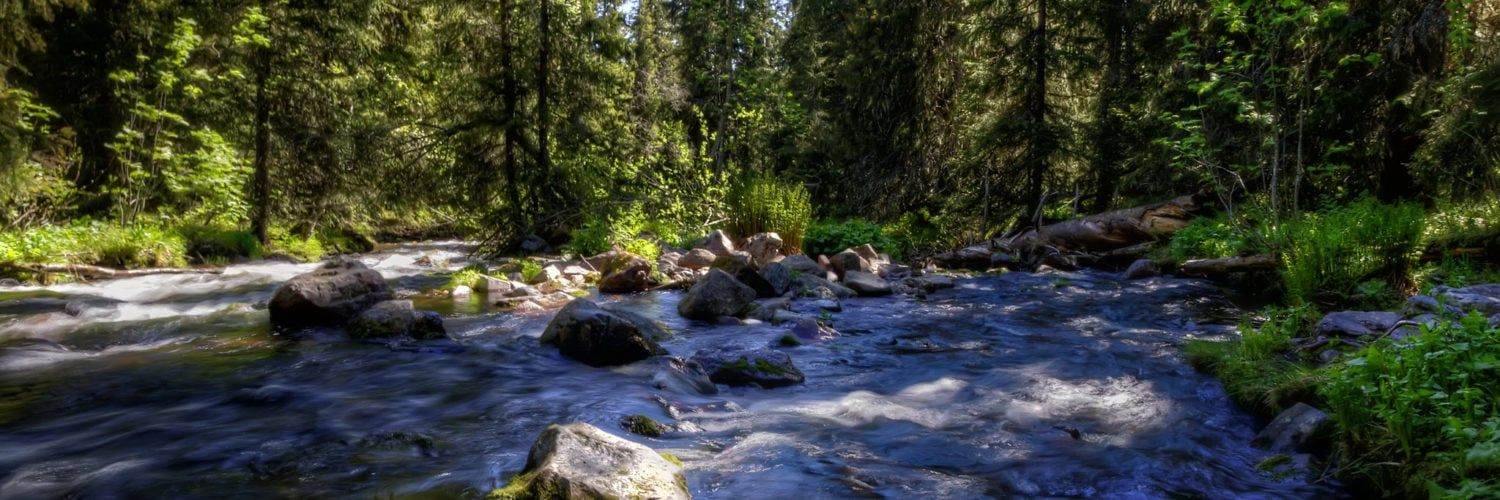Did you know that Sweden has no fewer than 30 national parks? One is the Fulufjället National Park in the province of Dalarna. Dense forests, millions of years old sandstone plateaus and the highest waterfall in Sweden. Who knows, you might spot a moose, reindeer or bear while walking. Although you obviously do not want to encounter the latter too close!
The hills of Fulufjället National Park
The moment you take the exit to the Fulufjället National Park and have left your last houses in the village of Särna, the nature area actually already begins. The road turns into a well-paved winding road with rolling hills, which sometimes gives the idea that you participate in a friendly roller coaster with your own car. The road is tightly enclosed by almost infinitely-looking forests and rises of 10% bring you high up the mountain. Occasionally you pass a viewpoint, from where you can clearly see how far the forests do not extend.
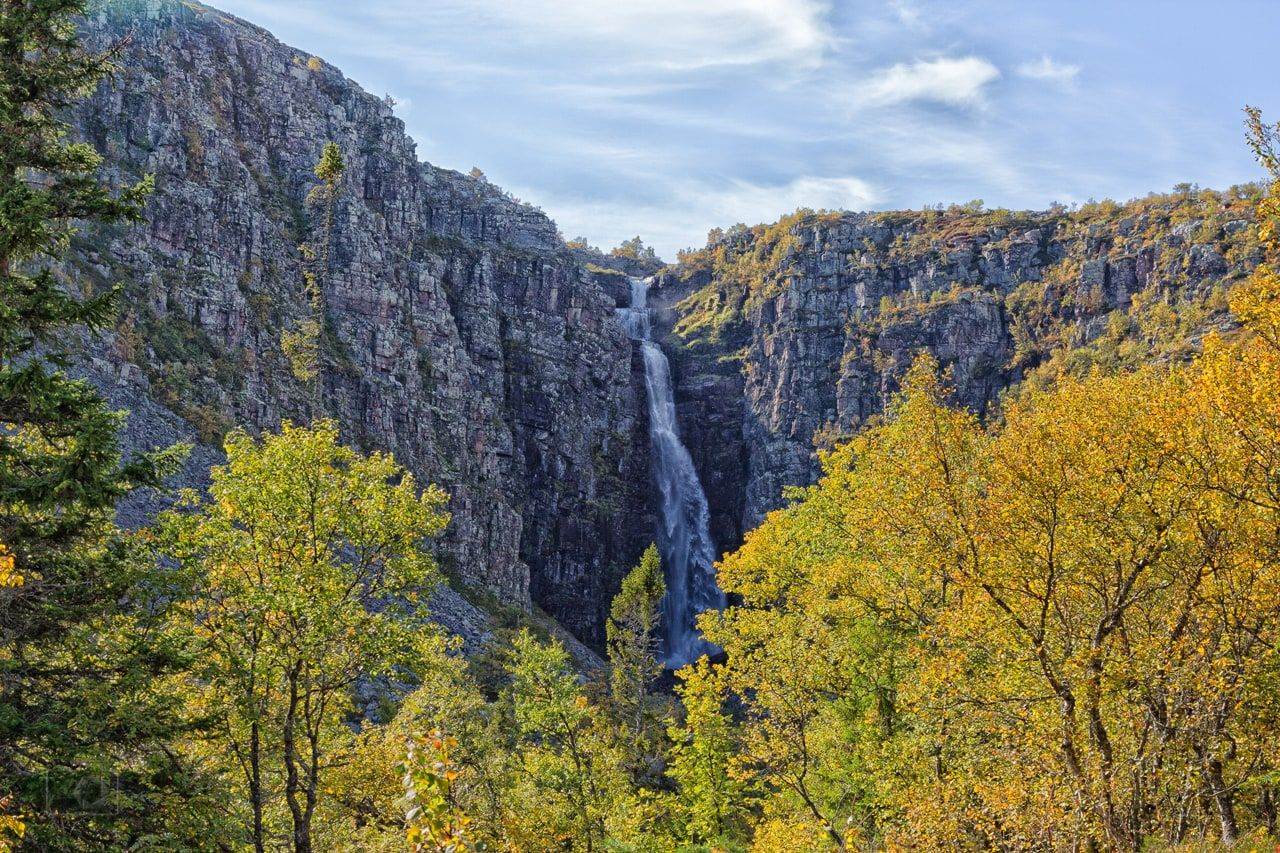
The Fulufjället National Park is one of the youngest national parks in Sweden. The 385 km2 park is located in the northwest of the Dalarna region, on the border with Norway, and forms the southernmost spur of the Sami residential area.
Special is that there is a second National Park on the mountain where Fulufjället is located, namely the Fulufjellet National Park. With its 82.5 km2 this area is a lot smaller than its big brother Fulufjället which consists of no less than 38500 hectares of forests, lakes and mountains. What is special about the National Park is that it extends to Norway. It is therefore possible to visit both countries during a draw. We stopped at the Swedish part of the park, parked our car in the parking lot and headed out. Our first stop on this rainy day, the waterfall of Njupeskär.
Hiking to the highest waterfall in Sweden
The road to the waterfall is well signposted and easy to do. If you want you can take the Njupeskär walk that starts and ends at the park entrance. In total this walk is about 4 kilometers. The walking path splits from the waterfall and you can continue walking along the other paths to discover more of the park.
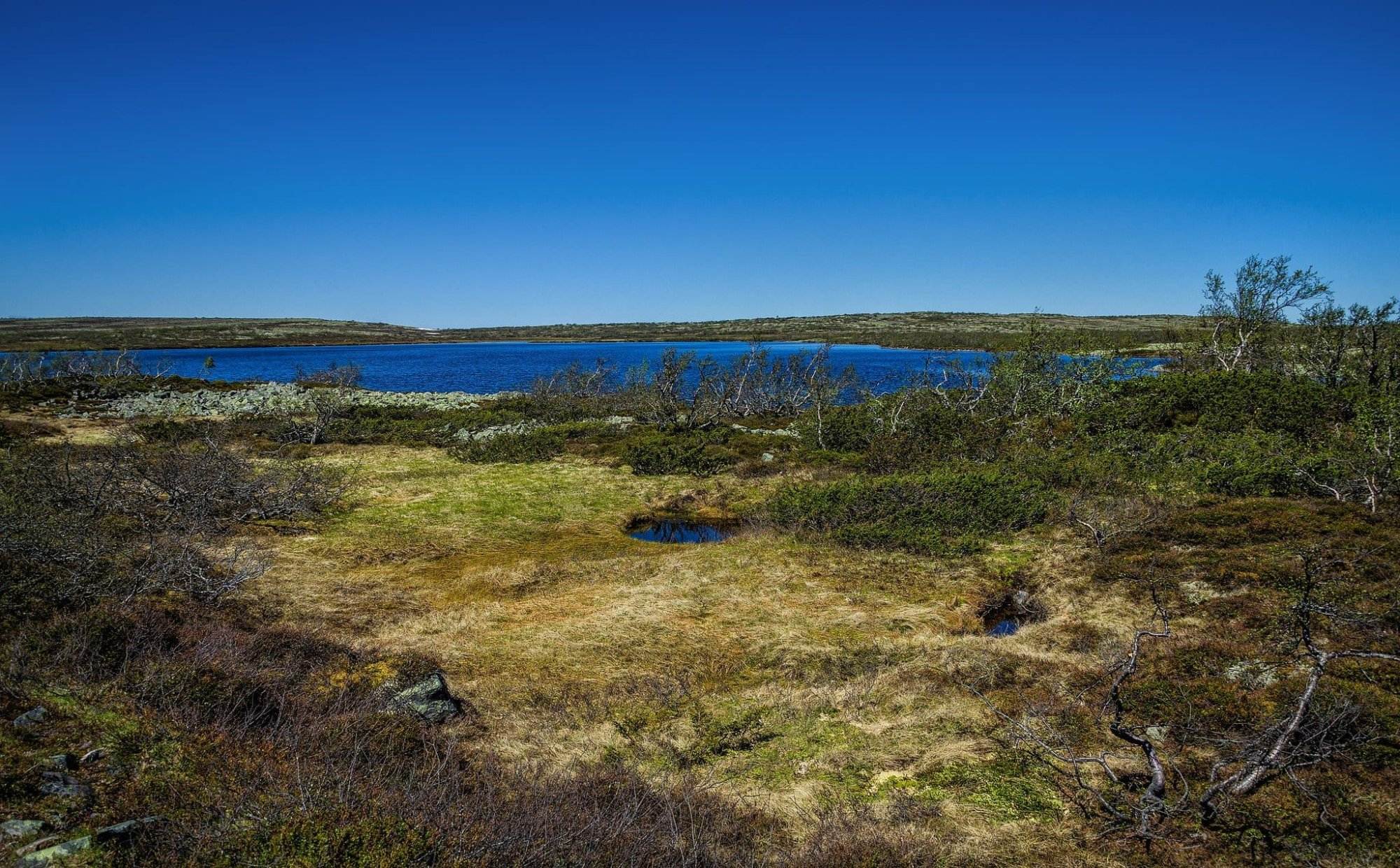
In addition to moose, brown bears and lynx, there are also eagles and numerous water birds near the many lakes and ponds. The 93-meter-high Njupeskär waterfall is the main tourist attraction.
The Njupeskär waterfall with its 93 meters is the largest waterfall in Sweden. It is a beautiful waterfall that falls vertically downwards from a height of 70 meters. Near the waterfall there are several picnic tables. A great spot for a sandwich or to take a rest and enjoy the nature around you.
Sandstone plateaus of millions of years old
What is striking in Fulufjället is that although it is situated on a mountain, it does not have impressive peaks. Appearances are deceiving. The top of Fulufjället consists of a sandstone plateau, which they say is more than 1500 million years old. You don’t have to go all the way to the top of the mountain, you will also find sandstone creations throughout the rest of the park. The colors are particularly beautiful, from pink to red and from brown to moss green.
When we started our walk on Sunday morning and returned to the parking lot in the middle of the afternoon, we noticed that quite a few groups of young people with backpacks came walking out of the mountains. In countries such as Sweden and Norway, outdoor is much more connected with life than with us. What do you do on weekends? Then pack your bag, look for your tent and put on your hiking boots. On to an adventure in nature with campfires, friends and socializing. All this in the middle of a very beautiful part of Sweden. We love the outdoor life.
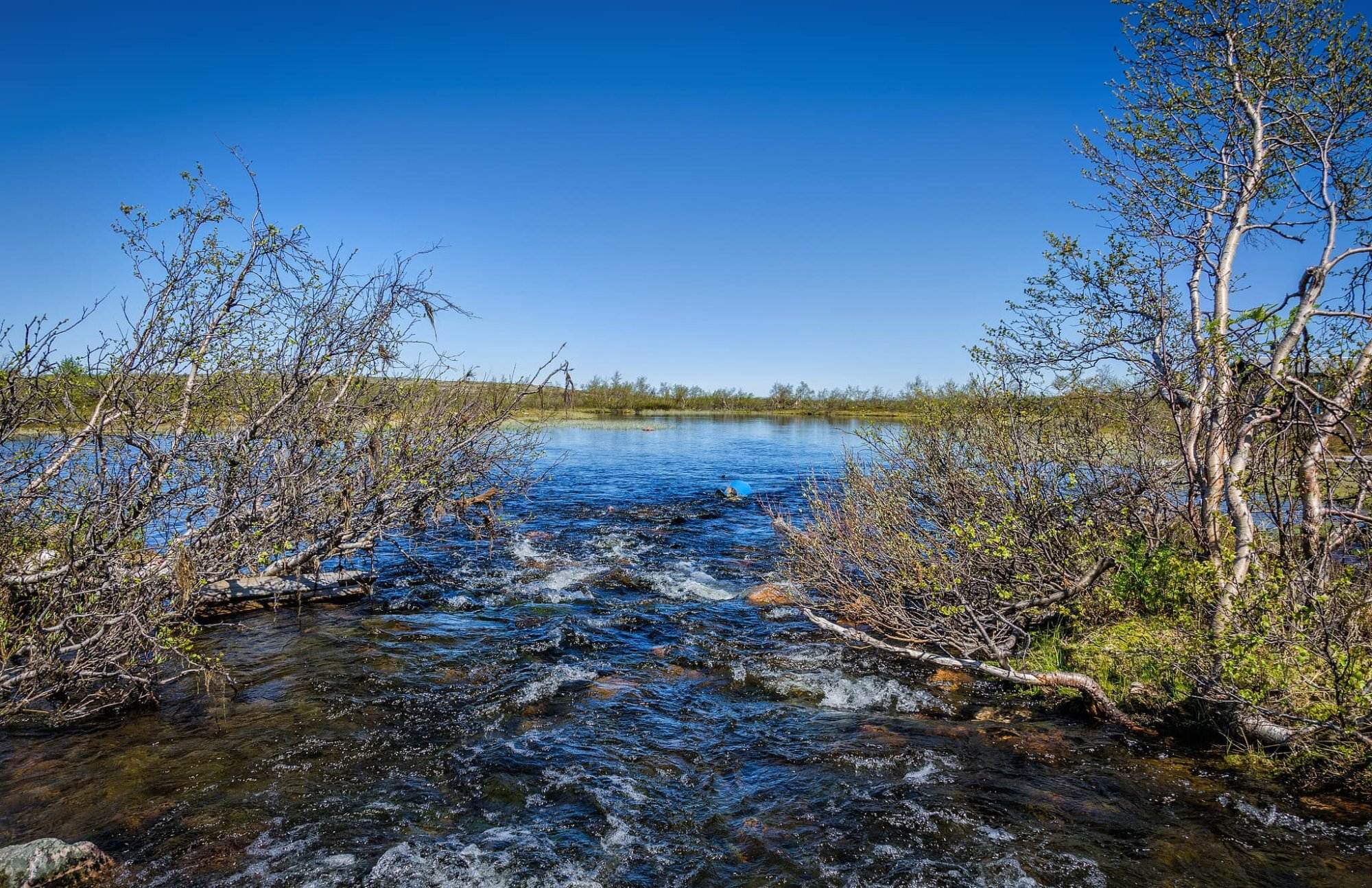
Hiking in Fulufjället National Park
The official entrance on the Swedish side is at Naturum, but there are several starting points for making a hike. At the visitor center you can pick up a (really excellent) map of the Fulufjället National Park, on which all hiking routes are indicated. On the map you will also find the starting points, associated parking spaces and hikers’ cabins in the area. Handy if you want to make a multi-day trek and plan the route yourself.
The easiest and fastest way to reach the national park is to fly to Oslo and rent a car there. From Oslo you can reach Särna in about 4 hours.
You can take short walks, such as to the Njupeskär of 5 km, but there are also plenty of longer walks of, for example, 20 kilometers or more. This National Park is also the right place for a real draw. Do you want to get inspiration for your hike, then take a look at the special walking page of the park itself.
Better safe than sorry
If you are planning to make a multi-day trek (which is perfectly possible in this area on your own), then it is always useful to let someone know in advance that you are going and also when you plan to return. This is even possible at the visitor center. Probably nothing will happen during your draw, but in case it is a good idea that someone knows where you are.
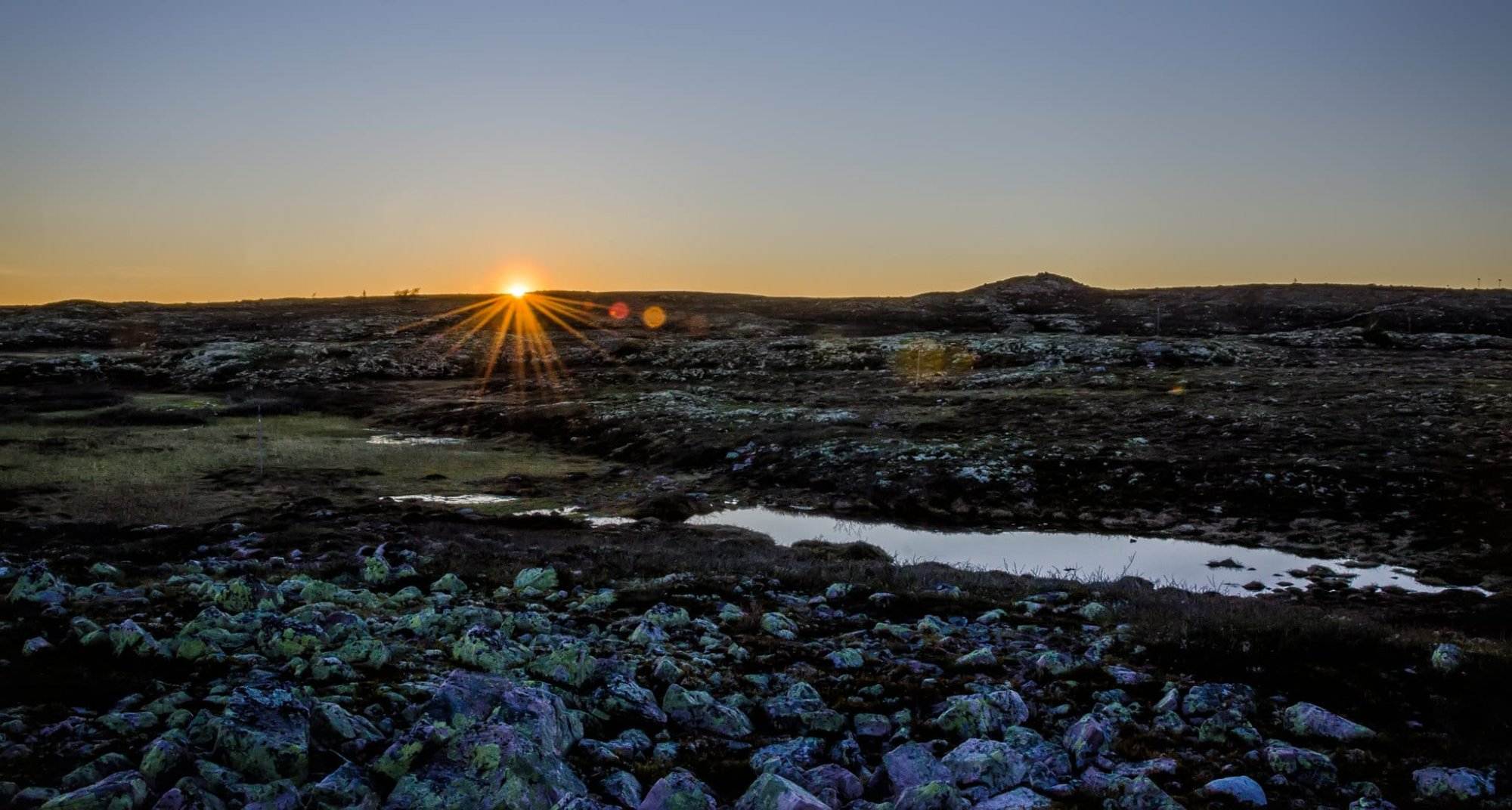
Bears in Fulufjället National Park
The Fulufjället National Park is located in the province of Dalarna, one of the Swedish provinces where many bears still live in the wild. However, the chance that you will encounter them while walking is nil. If you want to see the bears in real life, a visit to the Orsa Rovdjurspark is a nice option. The stays in this zoo are huge (and that’s how it should be). You still have to do your best to spot a bear, but it is a good way to see the animals in real life.
Are you looking for a bit more adventure and would you prefer to spot the bears in the wild, then go on a bear safari. This is not possible in Fulufjället, but it is possible at Orsa Rovsdjurpark or read the article about the bearpark on Mr Nordic. Just a tip in between.
Last Updated on October 26, 2019
